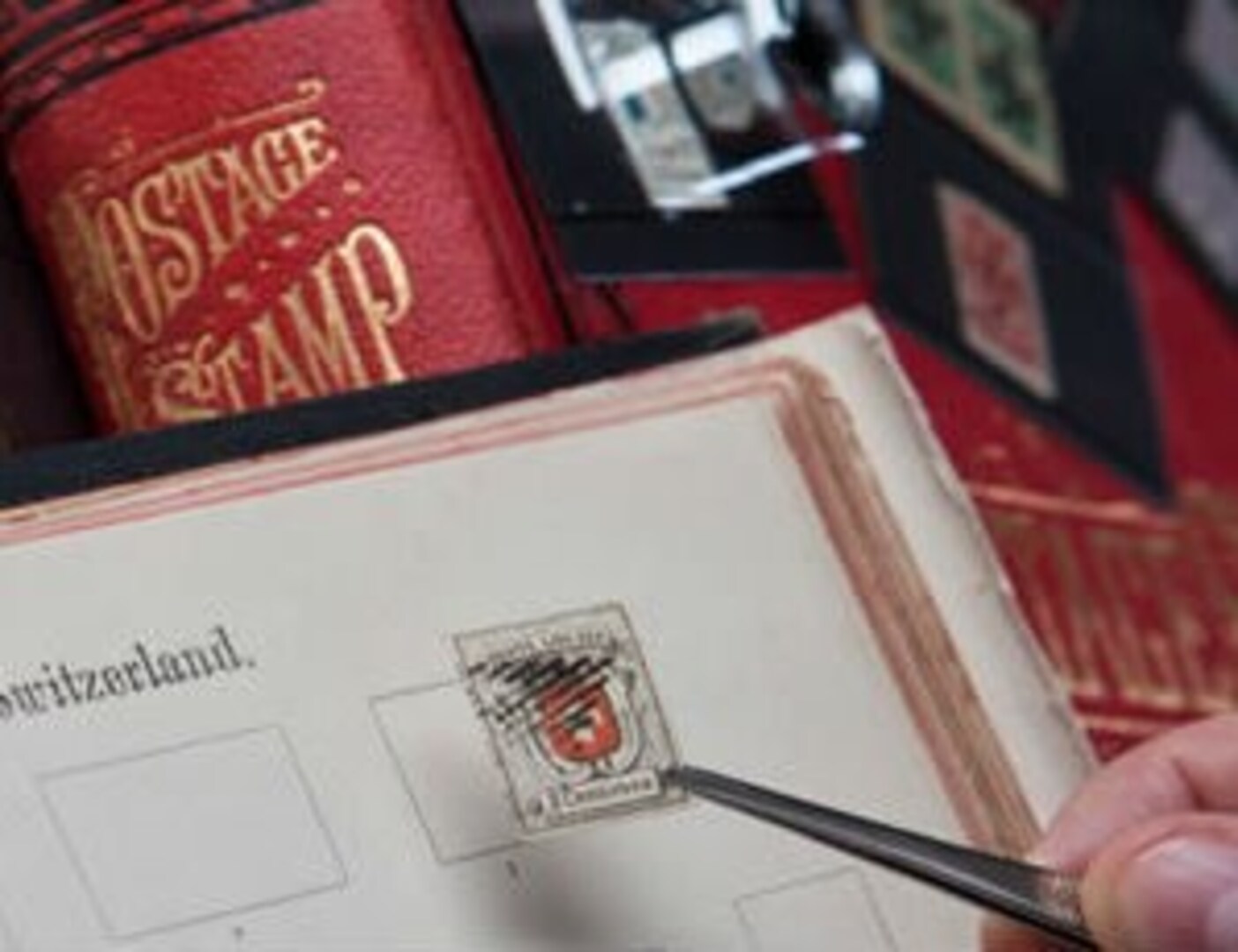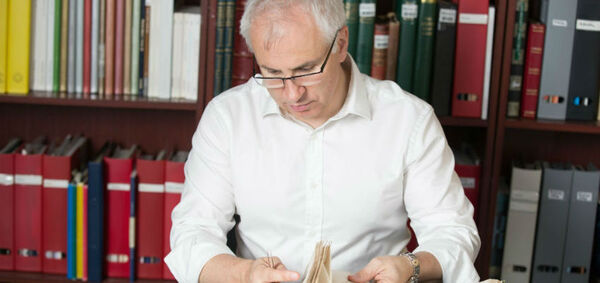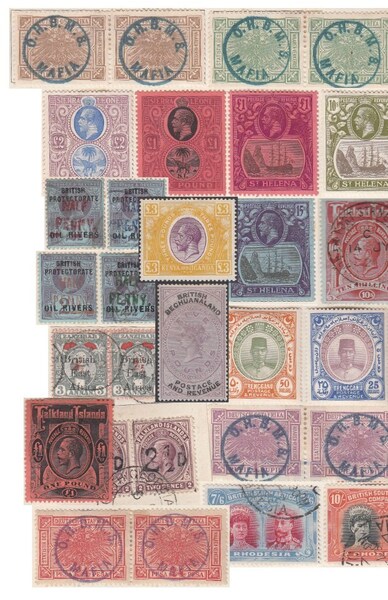A few weeks ago an experienced philatelist admitted to problems he was having in identifying the chalky paper versions of King George 6th Leeward Island stamps. This is one of those questions that when you’ve been around a while it can seem too late to ask, as you feel that you should already know the answer. In this instance, how can you identify chalk- surfaced paper with any degree of confidence?
I had the same problem myself. As a young trainee working in a stamp shop my boss would simply rub his fingers across the stamp and immediately pronounce judgement “chalky!”, or if he wasn’t sure he’d raise the stamp toward the window and inspect the surface as though looking for a crease, the level of shine he saw was enough for him to make a solid call. However I struggled with these techniques and usually resorted to the “silver test”.
This traditional test involved using a piece (small, blunt!) of silver and applying it to the surface of the stamp, and if a pencil- like line appeared then the paper was pronounced to be chalky. Of course I would have been careful to do this test in as small an area as possible but it certainly is a little bit destructive, so I would advise against using it! Since those days a dealer has reported that a client who collected the classy KGVI Bermuda large key types had a complete sheet where on one side the sheet failed the test, whilst on the opposite edge a tell- tale line appeared, the suggestion being that residue on the silver might be leaving a line creating a ‘false positive’.
Definition is perhaps the most useful tool. Chalk-surfaced paper produces a crisp finish (although the primary purpose of its use was to prevent the fraudulent cleaning of stamps, the clarity of the result was a welcome by-product) due to the smoothness of the surface. With ordinary paper there are loose fibres on the surface and the ink is able to 'bleed' into it, producing some minor blurring (barely noticeable until compared against the chalky version, under magnification). Also ink on certain ordinary papers has a tendency to smear. I would say that the definition test isn’t always so great if the stamp is used and has been over- soaked.
My personal favourite is to view the stamps through a very strong magnifier, I have a decent x12 magnifier which I bring very close to my eye and whilst I pull a very strange face I rest the stamp on the palm of my hand just a centimetre or two away from the lens. I also have something better which is a x25 ‘microscope’. The reason for all this magnification is that I am looking for the minute bubbles on the surface of the paper which denotes that it is chalky paper. I recommend that you try this on a stamp you know to be chalky, it may take a moment or three for you to ‘get your eye in’ but once you do you will see hundreds of microscopic bubbles / craters that are the best indicators of chalk paper.
We hope this helps you with one of philately’s trickier problems!


 General
General
 General
General
 General
General